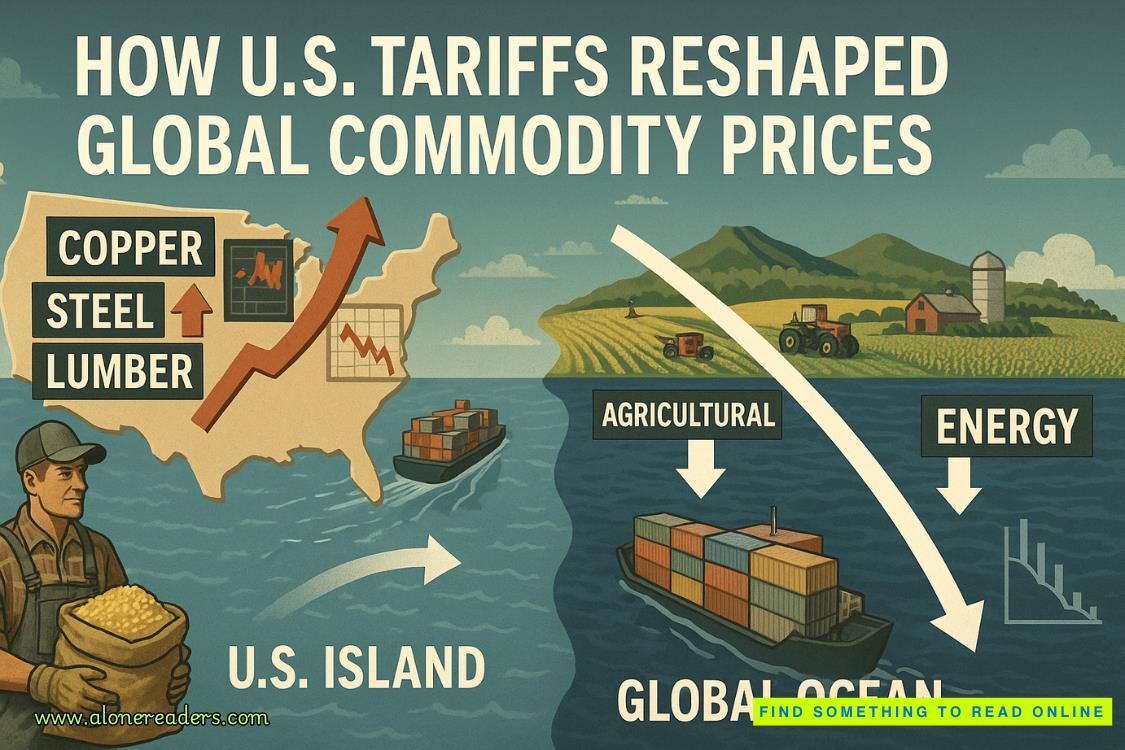Page 99 of The Sovereign: Part One
The moment we stepped inside, the atmosphere shifted—not in temperature, but in tone.Light bathed the space in a diffused glow, emanating from hidden sources behind pale, curved panels that arched along the ceiling and walls.The design was meant to soothe, not impress.There were no stark lines or harsh lighting, only subtle intention in every surface and sound.The floor absorbed our footsteps, and the air carried a faint scent of citrus and something floral, clean but comforting.
Two pairs of heels clicked against glossy composite floors as two Hiven approached from opposite ends of reception, identical in every way but their uniforms.Both had shoulder-length brunette hair, parted the same way, brown eyes, and the same symmetrical features that marked their design.One wore a rose-colored uniform with a narrow belt and a projection tablet affixed to her wrist.The other wore a cream dress with rose-toned piping and a pin just off her collar that I recognized from the Office of Family Integration.
“Welcome, Senior Advisor Poeima, and Maxim,” said the rose-colored-uniformed Hiven, her voice modulated to sound natural yet warm.“My name is Orbin.How may I assist you?”
The other—Tove, according to the subtle nameplate—stood slightly behind, her posture attentive.
Maxim stepped forward slightly, though he kept my hand in his.“We’re scheduled to be Oathbonded soon,” he said.“We’re here to discuss what to expect during the family integration process.Specifically, timing.”
Orbin inclined her head once.“You’re within the appropriate inquiry window.You may proceed.”
Tove gestured gracefully toward the main corridor.“If you’ll follow me, I’ll provide a brief overview of the facilities and current protocols.”
We moved in step with her, the hallway curving gently ahead.Along the walls, there were no digital displays, just soft, abstract textures and slow-shifting light that gave the illusion of motion without distraction.
“As part of the Sovereign Health Score,” Tove began, “donation of genetic material is not only a civic contribution, but a requirement.These gametes are cryo-archived and screened for optimal pairing compatibility.Once a couple is Oathbonded, the archive selects and initiates the embryonic cultivation sequence using the Sovereign’s gamete and a digital reconstruction of their Supplicant’s genomic traits.No actual DNA is extracted from the Supplicant, only the biological characteristics their profile was designed to express.”
She glanced at me as she walked.“You may request to delay at any point during the ten-year window following your Oathbond.However, most couples initiate by year three.”
“And if they don’t?”I asked.
“There is no penalty until year ten,” Tove said.“At which point the application becomes mandatory, and the window narrows quickly.Exceptions are only granted under the Sovereign Lineage Safeguard.”
I nodded slowly.I already knew this, but hearing it inside these walls, surrounded by the drone of a system preparing to manufacture legacy, was very different than Tier Four had taught us.
Tove led us through a gently curving hallway that opened into a vaulted chamber.Along one side, a series of transpane-walled rooms stood in a clean, staggered row—some designed like lounges, others outfitted with advanced diagnostic consoles and seating arranged for couples.“These are our Orientation Suites,” she explained.“Once your Custodial Pairing Request is approved, you’ll be scheduled for emotional preparedness sessions, bonding simulations, and legal finalization prior to Integration.”
We passed into a more sterile section where, behind a thick pane of polarized transpane, I caught sight of sleek workstations and incubative consoles and rows of embryonic data clusters glowing on suspended interfaces.
“This is our Development Lab,” Tove said.“Each Sovereign child is cultivated using their donated gamete and a mapped sequence of their Supplicant’s synthetic genomic blueprint.We replicate select phenotypic markers to ensure recognizable familial traits, as well as stable biometric compatibility.”She glanced at Maxim.“Children of this pairing will share your physical traits—height, build, coloring—with immune enhancements as an added safeguard, though their epigenetic profiles remain anchored to the Sovereign lineage.”
“How soon after the Oathbond can the first child be integrated?”I asked.
Tove smiled.“Integration may begin any time after the day following the end of Accordance.You may choose to integrate siblings close together, including twins, or stagger them over a longer period up to nine years apart.The protocol is designed to accommodate personal preference, career trajectory, and housing dynamics.”
We moved again, deeper into the building, until we reached a long corridor marked by temperature-regulated boundaries—subtle climate shifts that preserved environmental integrity and signaled we were crossing into something more sensitive.The hallway opened into a long, enclosed gallery, its far wall lined entirely in transpane from one side of the building to the other.The space beyond was bathed in sterile light, revealing a vast chamber sealed behind reinforced shielding.Inside, cylindrical towers stretched from floor to ceiling, each one filled with rows of bioluminescent pods suspended in vertical symmetry.The columns pulsed faintly, as if breathing, casting slow-moving reflections across pristine white tile.
Each pod held a translucent, embryonic form—delicate, suspended in nutrient-rich fluid, not yet moving but unmistakably alive.The room was silent, clinical, and yet it radiated something more profound than science.This wasn’t simply storage.It was incubation on a city-wide scale, rows upon rows of futures, grown with precision, protected with reverence.
The only way in was via a single, secured access, embedded into the wall to the right, nearly flush with the surface, guarded by layered biometric locks.Even without touching it, I could feel the threshold humming.Intent was stitched into every surface.Here, randomness had no place.
“These are the gestational cradles,” Tove said.“Each is a sealed environment, monitored around the clock for developmental benchmarks, health metrics, and neuroadaptive readiness.Once fetal maturation reaches term equivalence, a thirty-day behavioral stabilization phase begins.Then the transfer is scheduled.”
I didn’t realize I’d stopped walking until Maxim’s hand tightened slightly around mine.“Darling?”he asked.
“Forgive me,” I said, prompting Tove to pause and turn.“Can you help me understand?If children are grown this carefully—screened, cultivated, protected—why are they still dying?Why does the Birth Crisis still exist at all?”
Tove didn’t flinch.“The original damage was never fully mapped.The treatment that followed the pandemic two centuries ago was rushed into use during mass panic.While there are conflicting reports that it curbed the immediate threat, it also introduced epigenetic volatility across the global population.Entire generations carried silent mutations.By the time science caught up, those mutations had already embedded themselves in the human genome.It’s not illness, it’s instability.We’ve learned to manage it, but full eradication has never been possible.”
“But natural conception is so rare it’s considered a medical anomaly,” I said.“Each stage of gestation is subject to intense oversight, perhaps excessively, depending on perspective.By now, logic suggests the crisis should’ve been stabilized.”
“Isara,” Maxim said, a low chuckle threading through his voice, tempered by the edge of a warning.
Despite his subtle caution, I continued, “We’re not just seeing failed integrations or early developmental loss—children are dying well into adolescence—up to year twelve.With reinforced immunity, mapped genomes, and full biometric oversight, how is that still possible?”I asked.
Tove nodded, her eyes full of empathy.“Even with optimal pairing, regulated gestation, and round-the-clock monitoring, there are still losses.Not from failure or neglect, but from instabilities that remain beyond our full understanding.Many enjoy full, vibrant lives.But there are an unfortunate few who never fully stabilize.We do everything within our reach, but the biological echoes of what came before still linger.Our efforts have come far.But, sadly, not far enough for every child.”
We stood for a moment longer, saying nothing.There were no sounds here.No cries.Only the constant hum of life being prepared.















